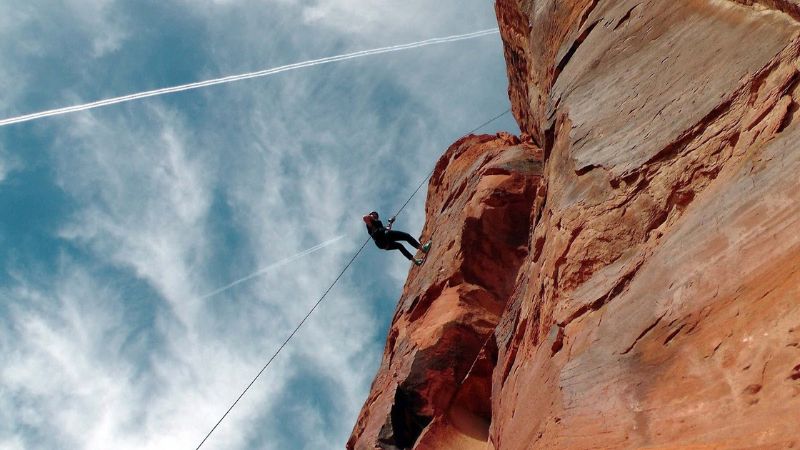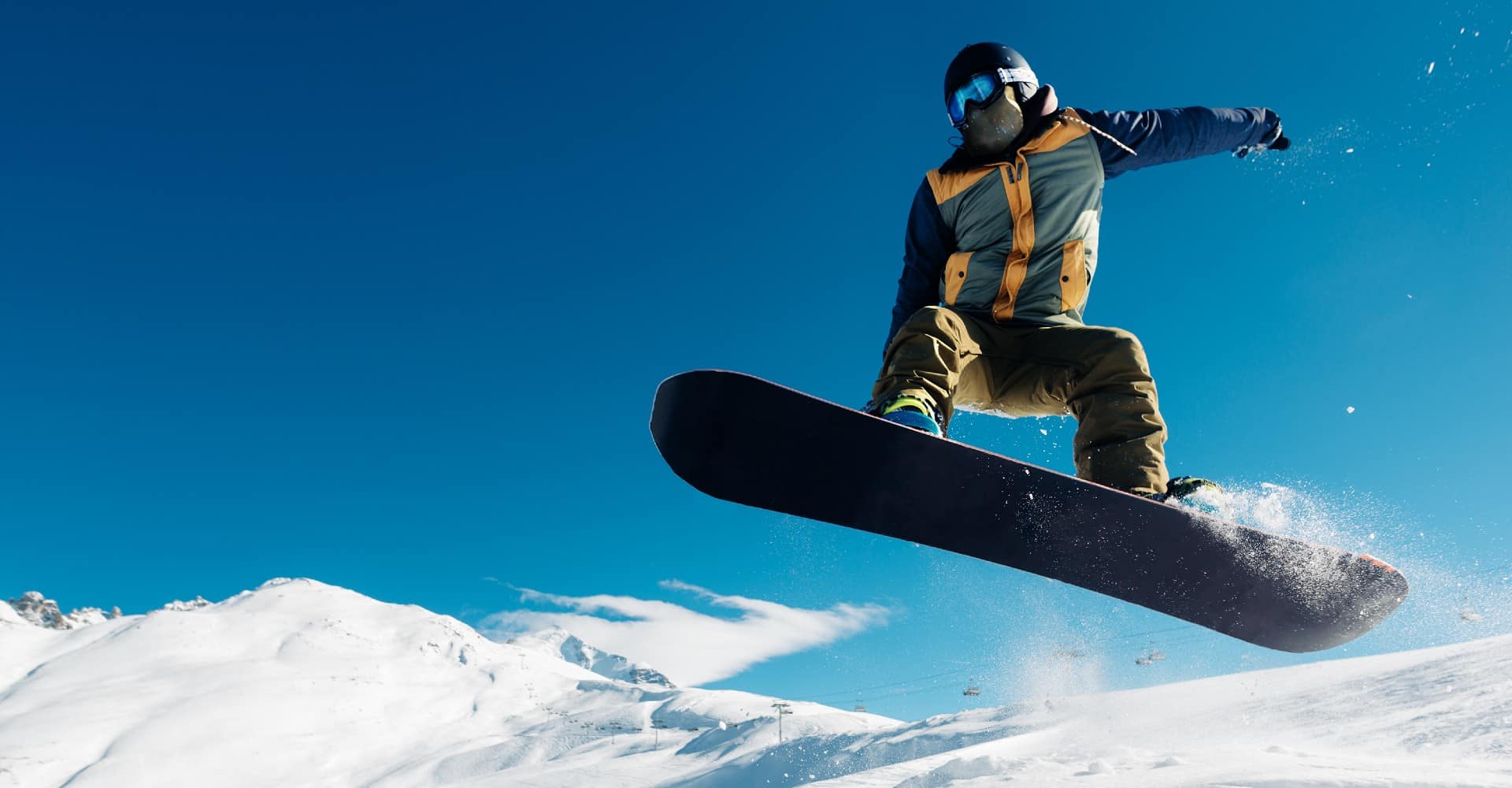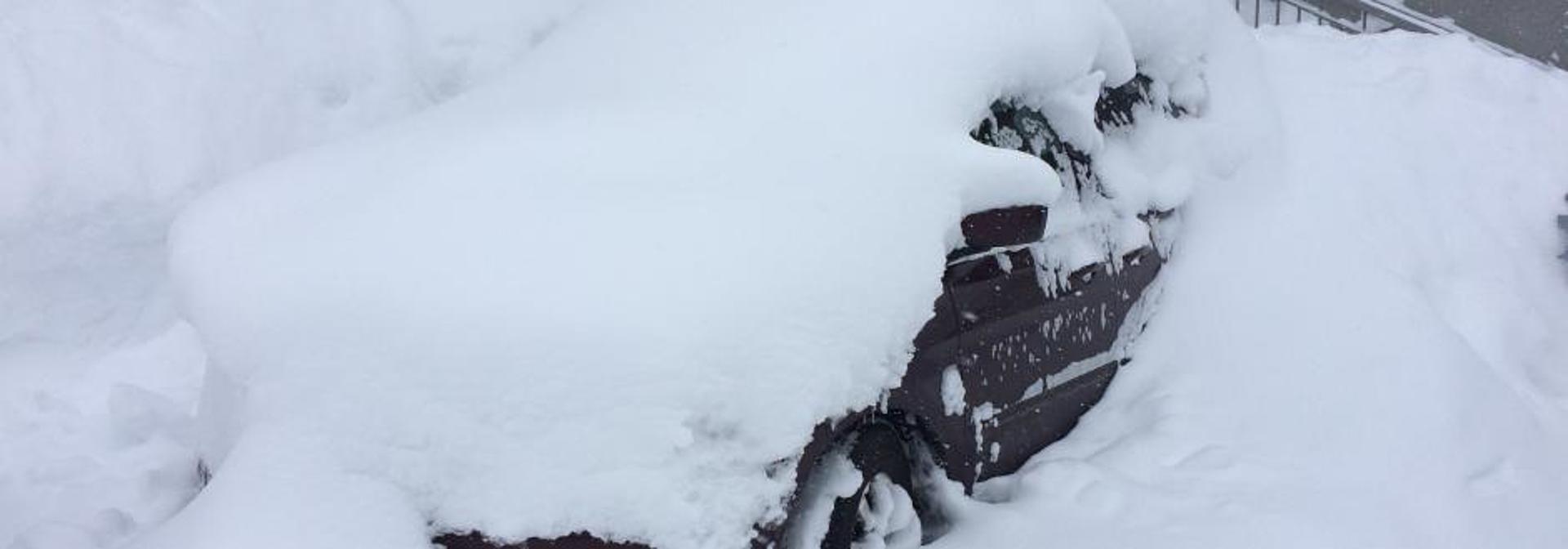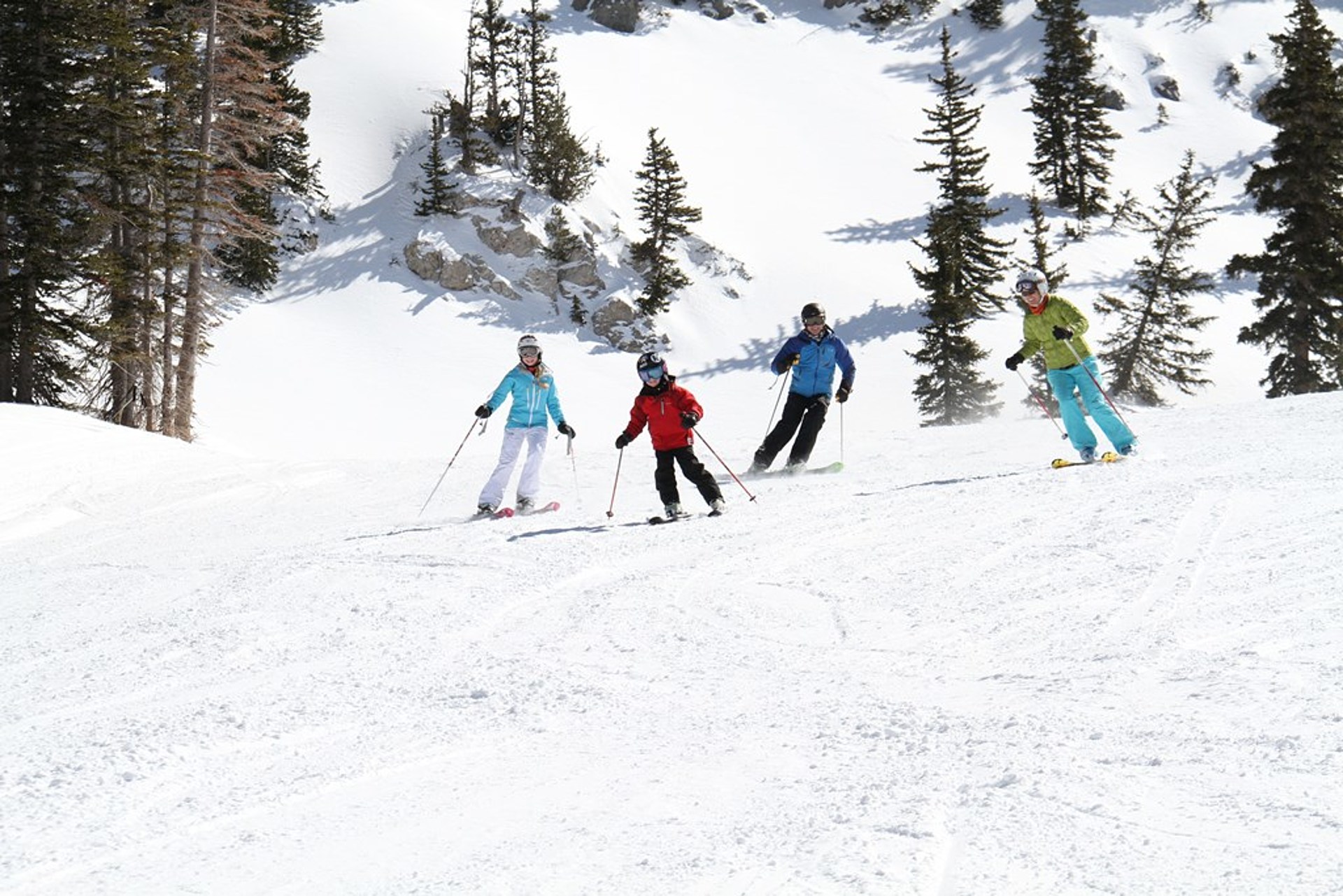Are you looking for the best Utah rock climbing spots? If you’re an avid rock climber or simply seeking an exhilarating outdoor experience, Utah’s rugged landscapes offer endless climbing opportunities. From world-renowned destinations like Moab and Zion National Park to hidden gems in the Wasatch Mountains, Utah’s climbing spots cater to all skill levels.
At Alta Chalets, we’re all about creating unforgettable vacation experiences. No matter your climbing style or level, we’ve got you covered. This guide will break down some of Utah’s best rock climbing locations, providing essential information to help you plan your next climbing adventure.
Wasatch Mountains: From Sport Climbing to Multi-Pitch Routes
Close to Salt Lake City, the Wasatch Mountains offer diverse climbing areas, from sport climbing to traditional multi-pitch routes, on various rock types, including quartzite, granite, and limestone.
Top Routes in the Wasatch Mountains:
Little Cottonwood Canyon
Little Cottonwood Canyon is famous for traditional climbing and bouldering on quartz monzonite. Popular spots include The Coffin, The Fin, The Thumb, The Gate Buttress, and Penta Pitch.
The Gate Buttress is one of the most popular areas in Little Cottonwood Canyon, offering a range of routes from easy to very challenging. It’s also easily accessible by driving 1.25 miles past the Little Cottonwood Canyon parking lot. Nearby the parking lot is also the Coffin. It’s a more challenging traditional climb known for its distinct coffin-shaped feature.
Both options have short and well-marked trails leading from the parking areas to the climbing routes.
Big Cottonwood Canyon
Big Cottonwood Canyon is another excellent climbing destination near Alta, Utah. It offers a mix of traditional and sport routes on smooth, fractured quartzite. Notable areas include Steorts Ridge (5.6/7), Outside Corner, Challenge Buttress, and The Slips.
The Slips is a popular area for beginners and those looking to practice their skills, while Challenge Buttress and Outside Corner are more difficult. It is located about 2.45 miles up Big Cottonwood Canyon on the left side.
To access it, enter through the Storm Mountain Picnic Area, cross the bridge, and walk west past the Storm Mountain Amphitheater. From there, head up the hill, turn south, and follow the trail as it turns southwest to the top of the gully above the Slips. Descend the gully to reach the climbing routes.
American Fork Canyon
The American Fork Canyon is known for its steep limestone walls and caves, it’s ideal for sport climbing. Popular crags include Hell Cave, The Membrane, The Division Wall, and Escape Buttress.
Hell Cave is known for having some of the hardest routes in Utah, which are radically steep in sections. The Membrane is better suited for moderate climbers and is one of the most popular crags in the canyon, with fine routes from .9 to .12c.
Late spring to early fall is ideal for climbing in the Wasatch Mountains, with some crags offering good shade in summer.
Maple Canyon: A Conglomerate Climbing Spot

Located on the east side of the mountains and southeast of Fountain Green, Maple Canyon is a secluded spot maintained by the local Forest Service. The canyon’s distinctive conglomerate rock, which looks like a vertical riverbed, makes it a premier spot for rock climbing (and some pretty epic photos and videos!)
Compressed into a cement-like base called a “matrix,” these cobbles of quartzite and other rock types protrude like your favorite Utah county climbing gyms offering a distinctive and challenging climbing experience.
Top Routes in Maple Canyon:
- Zen Garden: Ideal for warming up with well-bolted routes such as Zen Fen (5.9) and Zen Jen (5.9).
- Zen Master: (5.10d): A highlight in the Zen Garden area.
- Minimum Crag: Features more challenging routes (5.11-5.12) and easier climbs (5.5-5.6) nearby.
- Box Canyon: Perfect for those seeking challenging routes (5.10-5.13+), with some equipped with perma-draws. Notable routes include Downloader (5.11) and Watermelon Sugar (5.12a).
The main road into Maple Canyon serves as both the campground and access route, but due to snow, it can become impassable by November. The best time to visit is summer and early fall, particularly in September, when the temperatures are ideal for climbing.
Moab: A Trad Climber’s Climbing Routes Mecca

Ah, Moab – a name that sends shivers of excitement down the spine of everyone in the climbing community. This southeastern Utah spot is home to some of the world’s most iconic rock climbing areas, with picture-perfect cracks in immaculate sandstone being the main draw.
The area offers a mix of single-pitch cragging and iconic multi-pitch tower climbs.
Top Routes in Moab:
- Wall Street (5.5 – 5.12+): Easily accessible roadside crag with routes for all skill levels, offering beautiful views of the Colorado River.
- Castle Valley: Known for its iconic desert towers like Castleton Tower, featuring classic routes such as the Kor Ingalls (5.9) and North Chimney (5.9).
- Fisher Towers: Home to spectacular, albeit chossy, spires. A must-climb is the Stolen Chimney (5.10 A0) on Ancient Art.
- Indian Creek (5.10 – 5.11): Renowned for its perfect sandstone crack climbs, attracting climbers from around the globe.
- Canyonlands National Park: Offers remote and challenging multi-pitch climbs in a breathtaking desert setting.
The ideal times to climb in Moab are spring and fall, with mild temperatures and fewer crowds.
Zion National Park: Sandstones and Multi-Pitch Climbs

Zion National Park features some of the tallest sandstone cliffs in the world, making it a prime destination for traditional multi-pitch climbing. The routes here often require aid climbing and are known for their adventurous nature, so some climbing experience or hiring a guide is recommended.
Top Routes in Zion National Park:
- Moonlight Buttress (5.12+): A classic aid climb that offers stunning views and challenging pitches.
- Shunes Buttress: A blend of free and aid climbing.
- The Headache (5.10): Known for its excellent free climbing.
- Other Notables: Various routes, such as Prodigal Sun, Touchstone Wall, and Mt. Carmel Tunnel, provide a blend of adventure and quality climbing.
Spring and fall are the best times to climb in Zion, with cooler temperatures and more predictable weather.
Indian Creek: A Crack Climbing Paradise
Indian Creek, located in the Canyonlands region, is known worldwide for its incredible crack climbing. It offers pristine cracks in iconic red sandstone.
The climbing at Indian Creek is second to none, with routes ranging in size from finger cracks to off-widths, offering climbers a challenging and rewarding experience.
Top Routes in Indian Creek:
- Supercrack of the Desert (5.10): A classic hand crack that is a must-do for any climber visiting Indian Creek.
- Scarface (5.11): A beautiful splitter crack that challenges even experienced climbers.
- Incredible Hand Crack (5.10): Another classic, offering perfect hand jams all the way to the top.
Spring and fall are the best times to climb at Indian Creek. Summer can be sweltering, and winter can bring snow and cold temperatures.
Preparing for Your Utah Climbing Adventure
Now that you’ve been introduced to some of the best spots for rock climbing in Utah, it’s time to start planning your adventure.
Here are a few tips to help you make the most of your climbing experience:
- Check the weather and conditions
- Pack the essentials
- Respect the environment
- Consider hiring a local guide
- Stay hydrated and watch for altitude sickness
- Know your limits
- Go with a partner or group
- Always warm up and stretch beforehand and afterward
Plan Your Utah Rock Climbing Adventure with Alta Chalets
Utah’s rock climbing routes offer a unique blend of adventure, natural beauty, and diverse geography, making for an unforgettable climbing experience. Whether you’re exploring the world-renowned routes in Moab, the hidden gems of the Wasatch Mountains, or the towering cliffs of Zion National Park, you’re sure to find a climb that challenges and inspires you.
And if you’re still looking for the perfect spot to rest up between climbs, book your stay with Alta Chalets for a perfect blend of comfort and convenience. With over 30 years of experience, Alta Chalets offers exclusive vacation rental properties that cater to all your needs. Enjoy personalized vacation experiences, high-quality amenities, and passionate service in the heart of Utah’s stunning landscapes.
Happy climbing!










